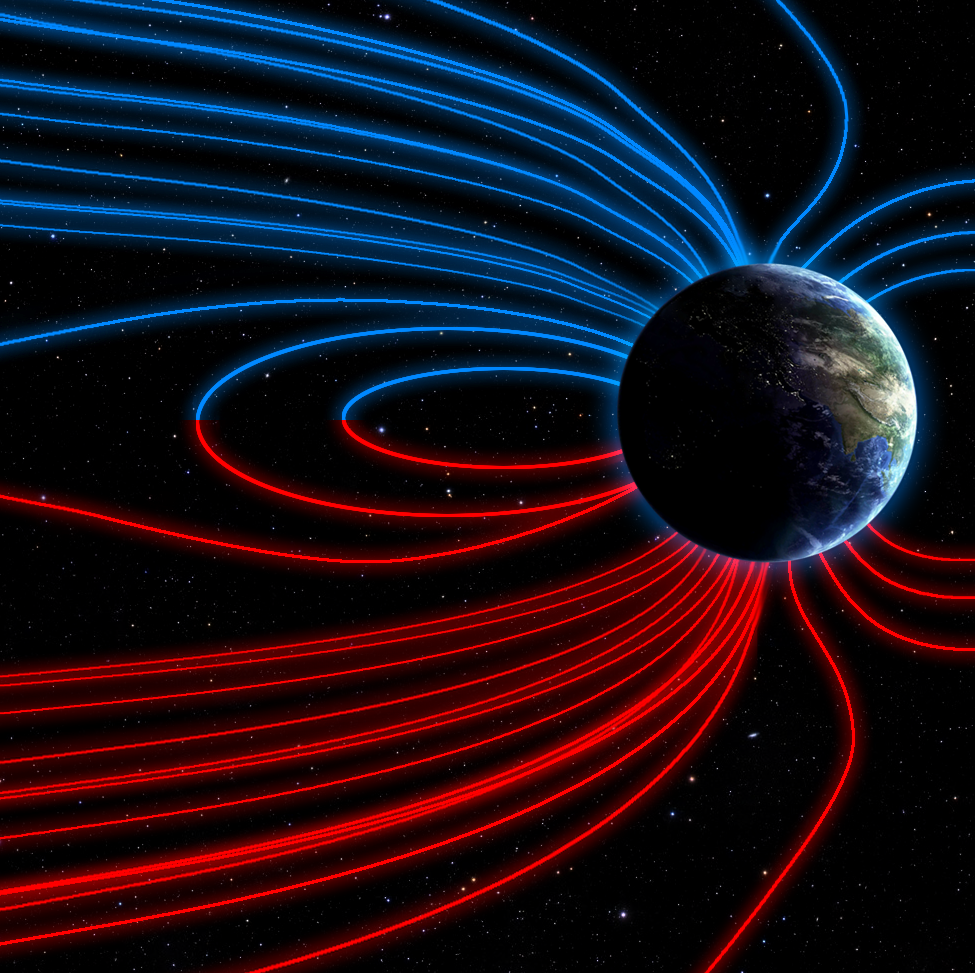January 22, 2014: The most recent solar polar fields data update changes the game completely in terms of earthquake factors. It is nice to watch the subtle rumbling up-and-downs but after the latest N-polar reversal matched the largest earthquake in months, the importance of the “everyday factors” appears much less-so. This fully accounts for the odd lulls in activity where the earth goes quiet for weeks/months.
As we push forward behind the scenes on the Earthquakes page, this page will be replaced and no longer updated.
New data requires new perspective, and we’re not above admitting a flaw in the process and re-examining it entirely.
*****
Scroll to bottom for Earthquake Condition Index explanation. This page is updated periodically, but the daily indices are given in the evening news each day. (I’m just copying them all here every 2 or 3 days so you can keep track yourself)
DATE Score +8’s 7’s 6’s 5’s Top Quake(s)
Jan 01 A- Down 0 0 1 2 6.6 Vanuatu (Registered as high as 6.8)
Jan 02 B+ Steady 0 0 0 4 5.3 Philippines
Jan 03 B+ Uptrend 0 0 0 2 5.3 Solomon Islands
Jan 04 A- Steady 0 0 0 3 5.9 Chile (Multiple Registers Between 6.0 – 6.3)
Jan 05 A- Steady 0 0 0 5 5.3s in Columbia and the Banda Sea
Jan 06 A- Uptrend 0 0 0 4 5.4 East of Australia
*Stanford began updating the Solar Polar Fields (SPF) again, showing that our ‘better-safe-than-sorry’ attitude was no longer needed. We will not change the previous data but consider the watches a half-grade/full-grade lower in reality for the first 6 days
DATE Score +8’s 7’s 6’s 5’s Top Quake(s)
Jan 07 B Steady 0 0 0 5 5.8 Chile
Jan 08 B Steady 0 0 0 3 5.6 Chile
Jan 09 B Uptrend 0 0 0 6 5.8 Solomon Islands
Jan 10 B Down 0 0 0 2 5.6 New Zealand (Venus creeping in on SOHO Lasco C3!!)
Jan 11 B Down 0 0 0 4 5.6 Guatemala
Jan 12 B- Steady 0 0 0 1 5.0 Philippines
Jan 13 B Down 0 0 1 0 6.4 Puerto Rico
Jan 14 B- Down 0 0 0 4 5.3 Tonga (Two 5s in the Middle East)
Jan 15 C+ Down 0 0 0 1 5.3 Argentina
Jan 16 B+ Steady 0 0 0 8 5.8 Alaska
Jan 17 B- Steady 0 0 0 1 5.2 Costa Rica
—
January 1, 2014: High watch was the result of earth facing coronal hole, proximity to significant planetary geometry, and the impending coronal hole stream, which began ramping the solar wind telemetry upon occurrence of the 6.6 in Vanuatu.
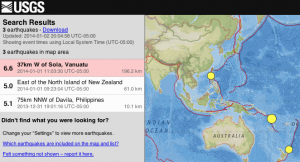
January 2, 2014: High watch score slightly decreased from yesterday due to exiting coronal hole. Significant planetary geometry draws nearer and the solar wind speed is peaking.
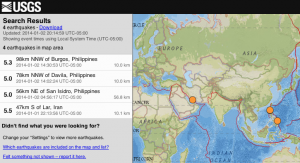
January 3, 2014: Watch score is renamed Earthquake Condition Index. Elevated index resulted in little quaking after dropping the day before. The coronal hole stream is ending, the backside of the +coronal hole is about a day away, and the planets are conjoining to raise the watch going into tomorrow.
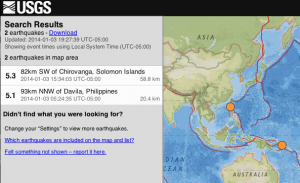
January 4, 2014: Condition Index at A- and we are looking toward a peak of A in 2-3 days when the planetary conjunctions are at peak relevance and the next coronal hole will arrive.
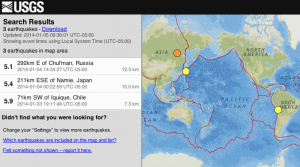
January 5, 2014: Condition Index at A- to B+ looking to begin peaking out tonight in the A range. Planetary geometry is very significant and the coronal hole will become geoeffective soon.
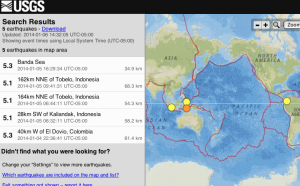
January 6, 2014: Condition Index A-. M-class solar flares begin to disrupt nearby space in a big way, coronal holes are incoming, the sun opposes Jupiter
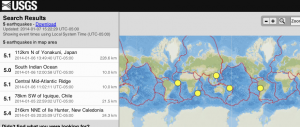
January 7, 2014: Condition Index B.
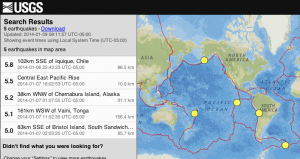
January 8, 2014: Condition Index B. If SPF data had not updated we would still be at A. The planets are breaking conjunction and the coronal hole now is as solid as they come.
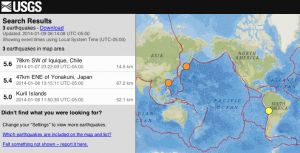
January 9, 2014: Condition Index B to B+. Coronal hole earthfacing, planets are lining up, space weather on the way — that’s everything but the SPF.
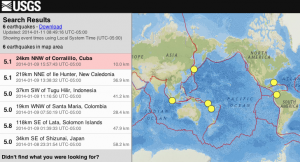
January 10, 2014: Condition Index B to B-. Spaceweather was less than impressive – all else remains the same. We expect a SHARP uptick on the 11th and 12th as Venus conjoins the sun.
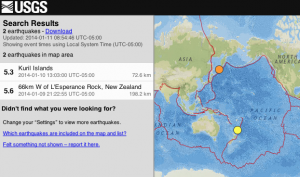
January 11, 2014: Condition Index B to B-. Venus conjoining the sun. Spaceweather incoming.
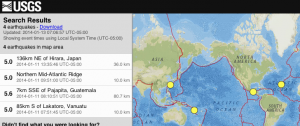
January 12, 2014: Condition Index B-. Venus conjoining the sun. Spaceweather impact weak. We did not get the uptick expected on the 10th.
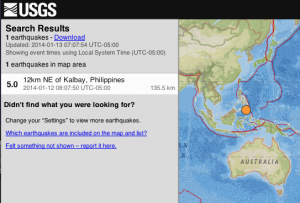
January 13, 2014: Condition Index B. We awaken to find the space weather kicked it up 2 notches. What an underestimation of the stream in yesterday’s comments! Major speed up over 800km/sec. Venus is no longer conjoint the sun but it IS opposing jupiter. 6.4 in Puerto Rico is both a significant event, and tremendously rare for the region.
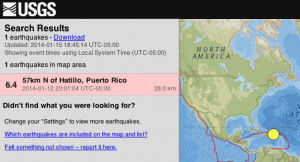
January 14, 2014: Condition Index B- to C+. The southern coronal hole is not significant and we are between holes. The planets are de-conjoining/opposing and take a few weeks off. Spaceweather is weakening.
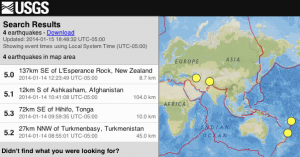
January 15, 2014: Condition Index C+ to C. The coronal hole up north needs another few days, the planets are not as significant now, and space weather is waning.
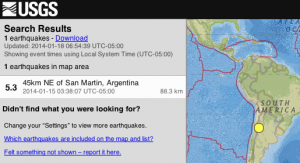
January 16, 2014: Earthquake Condition Index B to B+. The coronal hole up north is on the earth facing 1/4 of the sun, CME Impact coming tomorrow.
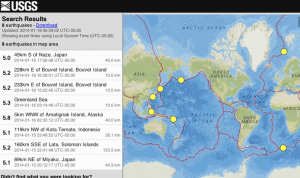
January 17, 2014:Earthquake Condition Index B to B-. The coronal hole up north is earth facing but smaller and farther north than expected. CME Impact is late. Planetary factors are minimal for another week.
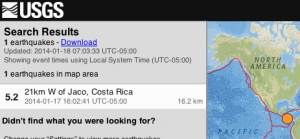
Index Explanation: The condition index is updated daily, usually twice. The records of these are found in the morning news on YouTube and in the evening news here on this website.
A: Highest Seismicity Warning
B: High Seismicity Warning
C: Elevated Seismicity Risk
D: Moderate Seismicity Potential
E: Low Seismicity Potential
Relation to former system:
A+ = 10
A = 9
A- = 8 to 9
B+ = 8
B = 7 to 8
B- = 7
C+ = 6
C = 5
C- = 4 to 5
D+ = 4
D = 3
D- = 2
E = 1
E- = 0
